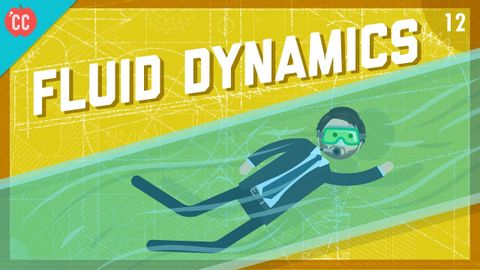応力、ひずみ、流砂。クラッシュコースエンジニアリング #12 (Stress, Strain & Quicksand: Crash Course Engineering #12)
林宜悉 が 2021 年 01 月 14 日 に投稿  この条件に一致する単語はありません
この条件に一致する単語はありません- v.i.重要な位置を占める
- n. (u.)物質
- n.事柄
US /dɪˈtɚmɪn/
・
UK /dɪ'tɜ:mɪn/
US /fɔrs, fors/
・
UK /fɔ:s/
- n.軍隊;力;強制;武力;影響力;勢い;警察
- v.t.強要する;こじ開ける;促成栽培する
US /ɪkˈspɛrəmənt/
・
UK /ɪk'sperɪmənt/
- n. (c./u.)実験;試み
- v.t./i.実験をする;試みる
エネルギーを使用
すべての単語を解除
発音・解説・フィルター機能を解除

